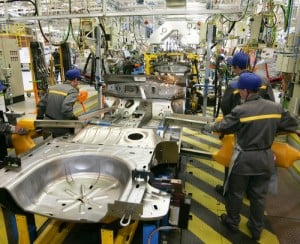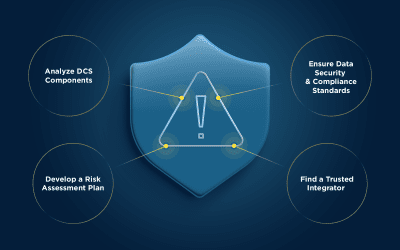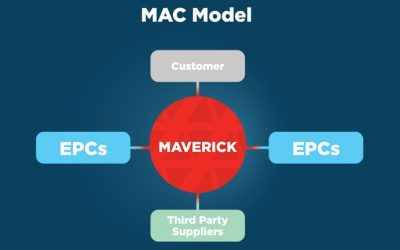The Economics of Automation – Part 1
Back in the ’60s and ’70s the main purpose of automation was to eliminate labor. Actually, that’s pretty much been the main purpose of automation since the first machine of any kind was rolled onto a factory floor hundreds of years ago.
Eliminating or reducing labor is the purpose behind just about any tool or machine from the invention of the wheel right down to the invention of this laptop computer I’m using to write this blog.
But, you may not realize this, that is all very much in the process of changing and, in many cases, has already changed, and changed dramatically.
I’m not joking. The main purpose of automation used to be to eliminate labor. That’s not the case anymore. The purpose of automation today is not to eliminate labor. Not at all. Let me try to explain.
When I go to a factory or a plant often times the reaction I get from people on the shop floor is that I’m there to figure out how to reduce the labor force. They think I’m there to figure out how to automate things and reduce headcount by laying people off. I especially get that from the older people that work on the shop floor. But, that can’t be further from the truth.
That’s what automation was about back in the ’60s and ’70s but that’s not what we’re trying to do at all today. We’re really not trying to reduce the labor force. In fact, we really would like to increase the labor force.
First of all, 99 times out of a 100 if there’s some kind of automated equipment or some kind of machine that could eliminate a big chunk of labor, that equipment or machine has been installed a long time ago. If there’s a way to do it with a machine, it’s really probably already been done and the machine’s been installed.
That means that jobs that are primarily manual will most probably stay primarily manual for a good while. Again, if there was a piece of equipment or some kind of machine to do it, and it made economic sense to use the equipment, it would have been done a long time ago. So, any real labor reductions that can be made from automated equipment or new machines have already been made.
There’s really very little additional labor reduction that’s possible any more. All the labor reduction that’s economically feasible and mechanically possible has already been achieved, a long time ago. There’s almost nothing that can be achieved along these lines today in most plants.
Sure, people can say things like “look at all those people doing that” or “look at all the people it takes just to get such and such done”. Well, again, if there is a more cost-effective way of doing with some type of automated machine or piece of equipment that machine would have been installed a long time ago; a very long time ago.
But, if there’s not a piece of equipment there and there really are a lot of people doing a mostly manual job, then that most probably simply means that there’s no better way to economically do that work. It just doesn’t make sense to do it any other way economically. Because if there were, it would have been done. So, it’s probably going to stay manual for the foreseeable future.
So, then, what is the purpose of automation today if it’s not to eliminate jobs? What do I do when I go to a plant and work with companies who are looking to put in some new automation? What am I trying to do if it’s not to eliminate jobs?
Well, those are the very questions that I want to ask, but we’re out of space so we’ll just have to wait until next time. See you then!



